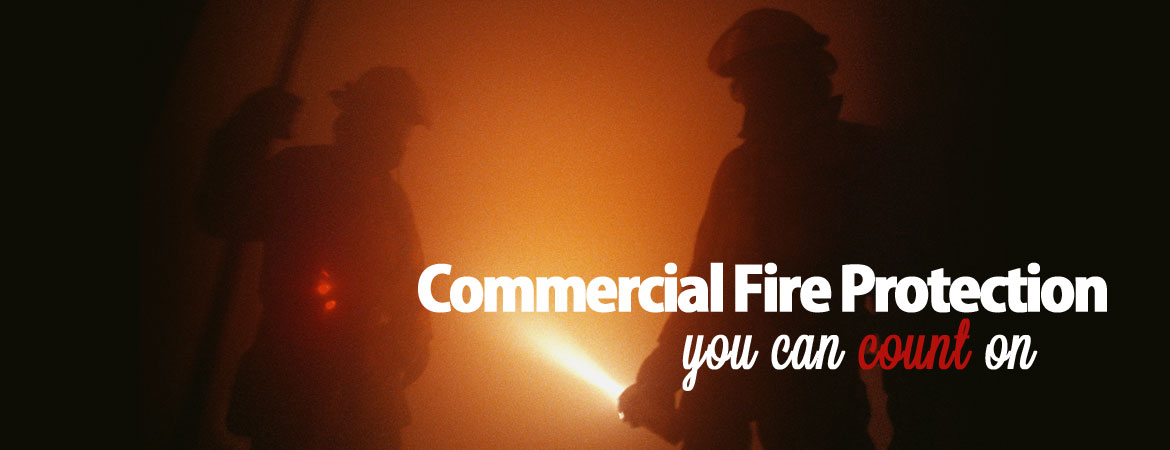Classes of fires
Class A fire extinguishers are designed to put out fires of ordinary combustible materials such as wood, paper, cardboard, etc.

Class B fires include those that involve flammable liquids such as grease, gasoline, oil, etc. Water should never be used on this kind of fire as it may spread the fire without putting it out.

Class C fire extinguishers are used on electrical types of fires such as appliances, electric panels, power tools, etc. Water should not be used on electrical fires because of the risk of electric shock.

Class D fires involve combustible metals such as magnesium or titanium. These fires burn at very high temperatures and may react violently to water or other chemicals.

Using an Extinguisher
To help you remember how to use an extinguisher, use the acronym PASS:
- Pull the extinguisher ‘s safety pin.
- Aim the chemical at the source of the flames rather than at the flames themselves, standing at least 6 feet from the fire.
- Squeeze the trigger and hold it, keeping the extinguisher upright.
- Sweep the source of the flames until the extinguisher runs dry.





